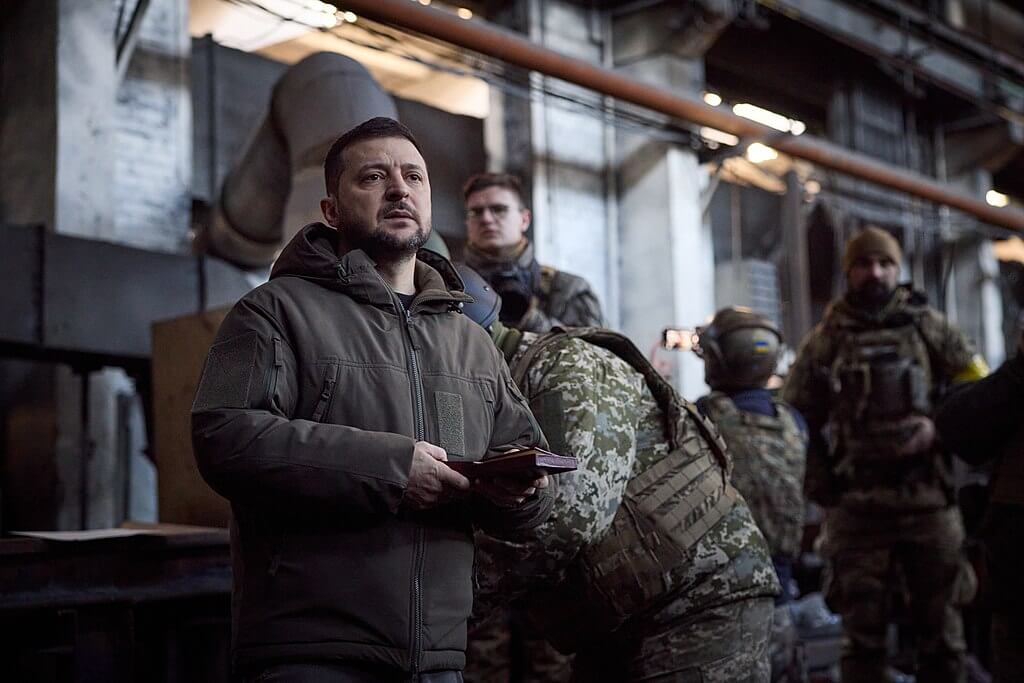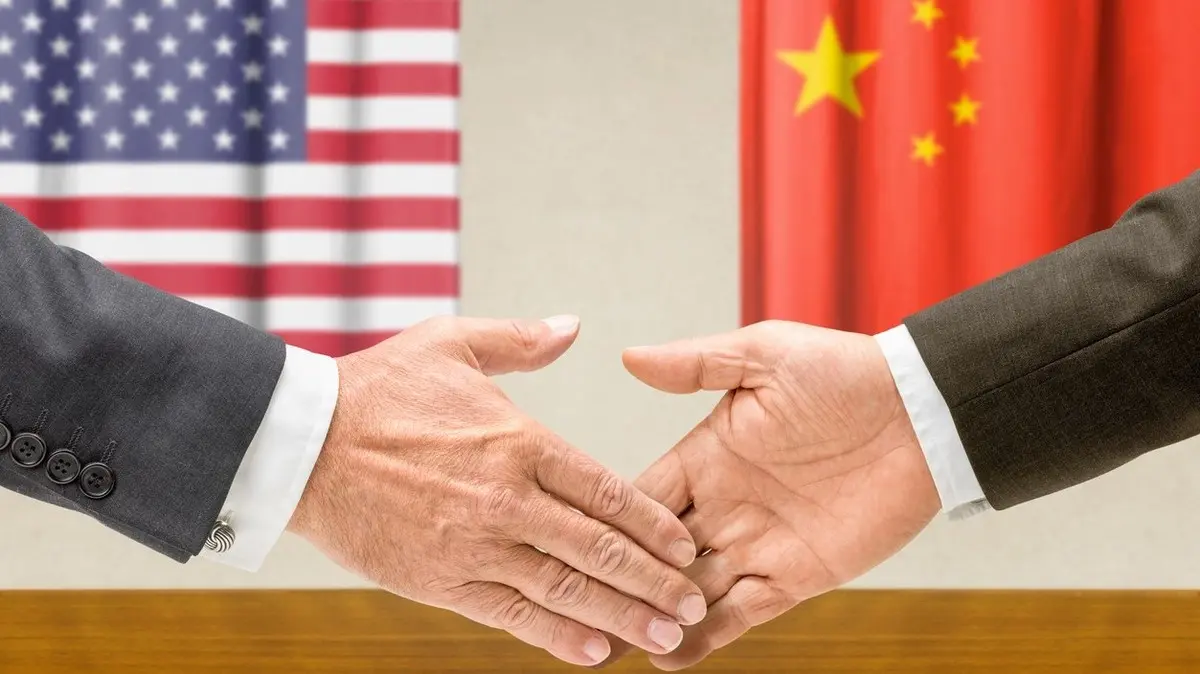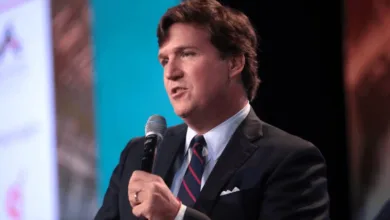War in Ukraine: Russian Escalation and Europe’s Pressure to Support Kyiv

Since Russia’s full-scale invasion of Ukraine in February 2022, the conflict has become a central issue in global News. What began as a regional confrontation has developed into a war with consequences that stretch far beyond Eastern Europe. In recent weeks, the war has entered a more complex phase, marked by intensified Russian attacks and growing European pressure to sustain Kyiv despite economic and political costs.
Russian Escalation: Missiles, Drones, and Political Messaging
Russia has significantly increased the scale and intensity of its assaults on Ukrainian cities such as Kyiv, Kharkiv, and Dnipro. According to Moscow, the strikes are responses to “Ukrainian provocations” and Western arms deliveries. Yet military analysts argue that the latest wave of attacks carries a dual message:
-
Demonstrating that Russia still holds the initiative on the battlefield.
-
Warning Europe and the United States that deeper involvement will trigger further escalation.
The Kremlin’s deployment of hypersonic missiles and Iranian-supplied drones has overwhelmed Ukrainian air defenses in several regions. These barrages are not only tactical but also psychological, aimed at eroding Ukrainian morale and sending a warning signal to Western capitals.
Europe’s Dilemma: Commitment Versus Caution
Europe remains torn between two competing imperatives: supporting Ukraine to preserve continental security and avoiding a direct confrontation with Moscow. Eastern European countries such as Poland, Lithuania, and Estonia have urged the EU to provide Kyiv with advanced systems including fighter jets and long-range artillery.
Germany and France, however, have pursued a more cautious path, pledging financial aid and defensive weapons but resisting calls for rapid escalation. This hesitation reflects deep concerns about drawing NATO into direct conflict. Still, the EU has continued to discuss new sanctions targeting Russian energy, banks, and technology sectors—measures designed to tighten the economic vise on Moscow.
The U.S. Factor and Political Debate
American involvement is central to the survival of Ukraine’s war effort. Washington has already provided billions in weapons and financial support, framing the conflict as a defense of democratic values and global order. But inside the U.S., the debate has grown increasingly partisan, particularly as the country heads toward another heated election season.
Former President Donald Trump, who dominates headlines in Trump News, has repeatedly questioned the scale of U.S. assistance to Kyiv. His critics argue that any return of Trump to power could reshape Washington’s policy, potentially weakening NATO unity. Thus, Europe finds itself not only dependent on U.S. arms but also vulnerable to U.S. domestic politics.
Ukraine’s Struggle: Resilience Amid Exhaustion
On the ground, Ukrainian forces continue to resist fiercely, carrying out counteroffensives in several regions. President Volodymyr Zelensky insists that Ukraine requires “strategic, long-term commitments” from the West rather than piecemeal aid packages.
Despite the resilience, Ukraine is paying a high price. Infrastructure destruction, economic collapse, and a humanitarian crisis have stretched the nation to its limits. Millions of displaced Ukrainians now live abroad, while those who remain face daily uncertainty under air raid sirens and blackouts.
Russia’s Strategy: Betting on Time
Moscow appears to be betting that time is on its side. By prolonging the conflict, the Kremlin hopes to erode Western resolve, deepen divisions within Europe, and exploit political polarization in the U.S. Simultaneously, Russia has reoriented its economy toward Asia. Increased energy sales to China and India have provided lifelines that mitigate the impact of Western sanctions.
This strategy is rooted in a belief that the West will tire of high energy prices, inflation, and budgetary burdens long before Russia exhausts its resources.
Economic Consequences for Europe and the World
The war has unleashed profound economic shocks. Europe has endured an energy crisis, with gas supplies from Russia slashed and prices skyrocketing. Inflation in countries like Germany and the UK has surged to levels unseen in decades.
Financial markets have also been rattled. British banks, in particular, have faced significant drops amid fears of higher taxation and war-related economic pressures. Global food security has been disrupted as Ukrainian grain exports through the Black Sea remain vulnerable.
These dynamics mean that the war is not merely a European problem—it is central to U.S News debates and a defining challenge for the World economy.
Diplomatic Efforts: Limited and Fragile
Diplomatic initiatives have largely failed to produce breakthroughs. The United Nations continues to push for humanitarian corridors and prisoner exchanges, while Turkey has tried to mediate grain deals and cease-fires. Yet both Kyiv and Moscow remain entrenched in their positions.
UN Secretary-General António Guterres has urged for a “comprehensive solution” that respects Ukraine’s sovereignty while addressing Russia’s security concerns. Still, few observers believe such a settlement is imminent.
The Battle of Narratives
Beyond the battlefield, a parallel war of narratives rages. Russia insists it is resisting NATO encroachment and defending Russian-speaking populations, while Ukraine and its allies portray the fight as a battle for democracy against authoritarian aggression.
Western media coverage has emphasized Ukrainian resistance and Russian atrocities, shaping public opinion and influencing policy decisions. Meanwhile, Russian state media continues to project an image of strength and inevitability, assuring domestic audiences that Moscow will prevail.
Future Scenarios
Analysts outline several potential scenarios for the months ahead:
-
Escalation: Russia could expand the scope of its attacks or introduce new weapon systems, possibly targeting NATO supply lines.
-
Frozen Conflict: A negotiated cease-fire might halt fighting temporarily, leaving territorial disputes unresolved.
-
Prolonged Stalemate: The most likely scenario, with grinding battles, mounting costs, and no decisive breakthrough.
Each path carries enormous risks for global security, energy stability, and economic growth.
The war in Ukraine is no longer a regional conflict; it is a global crisis that dominates daily Breaking News headlines. Russia’s military escalation and Europe’s struggle to balance support with self-preservation underscore the fragility of the current international order.
For Ukraine, survival hinges on continued Western assistance. For Russia, endurance depends on exploiting time and political divisions. For the world, the war represents not just a test of values but a determinant of future geopolitical stability.
The months ahead will decide whether this war moves toward resolution or deeper chaos—an outcome with consequences that will shape Europe, the United States, and the global balance of power for years to come.

